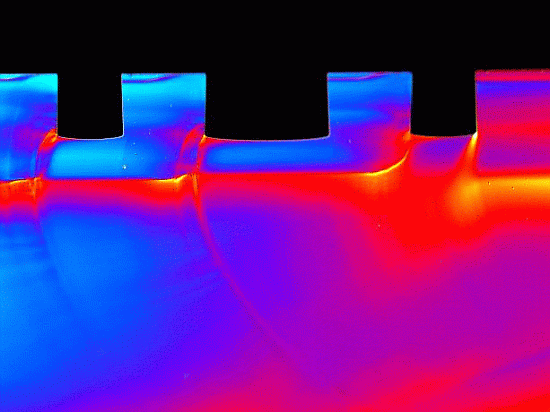
Eco Factor: Portable fuel cells could soon become a reality in mobile electronics.
Today’s world is an electronics driven world, which mostly is powered by batteries small in size and cost. These lithium based batteries are cheap but are not as efficient as one would want in future cars and other portable electronics. The answer to this dilemma rests in the hands of an energy source, which is small, can work in room temperature and above all does not increase the cost of mobile devices.
A team of researchers at the Institute of Electronics, Mircorelectronics and Nanotechnology, have developed a micro-sized direct methanol fuel cell that boasts improved fuel efficiency and maintain a good power density at room temperature. These new fuel cells have an energy density of 385 Wh/L, which outshines lithium ion batteries’ 270 Wh/L.
The fuel cells developed by the research team uses methanol as fuel and also as the anode, air around the cell serves as a cathode. When the methanol and air mixture reacts in the presence of an electrolyte, electricity is produced. The researchers then added a macroporous layer into a silicon-based fuel cell, which futher increased its efficiency by 75%. While fuel cells with higher efficiency have already been developed, they were not able to work at room temperature, a characteristic that is extremely important for use in consumer devices.
These fuel cells require a small amount of fuel, which eliminates the need of any energy using pumps, making them even more efficient. The research team hopes that micro fuel cells are the future of mobile electronics and computing. They expect to see such fuel cells in mobile devices in the next few years and in cars in the next 20 years.
The Dark Side:
Fuel cells for portable mobile devices are obviously the future. However, the research is still in its infancy and we are not expecting to see such devices powering our iPods and BlackBerry devices in the near future.
Via: Physorg




